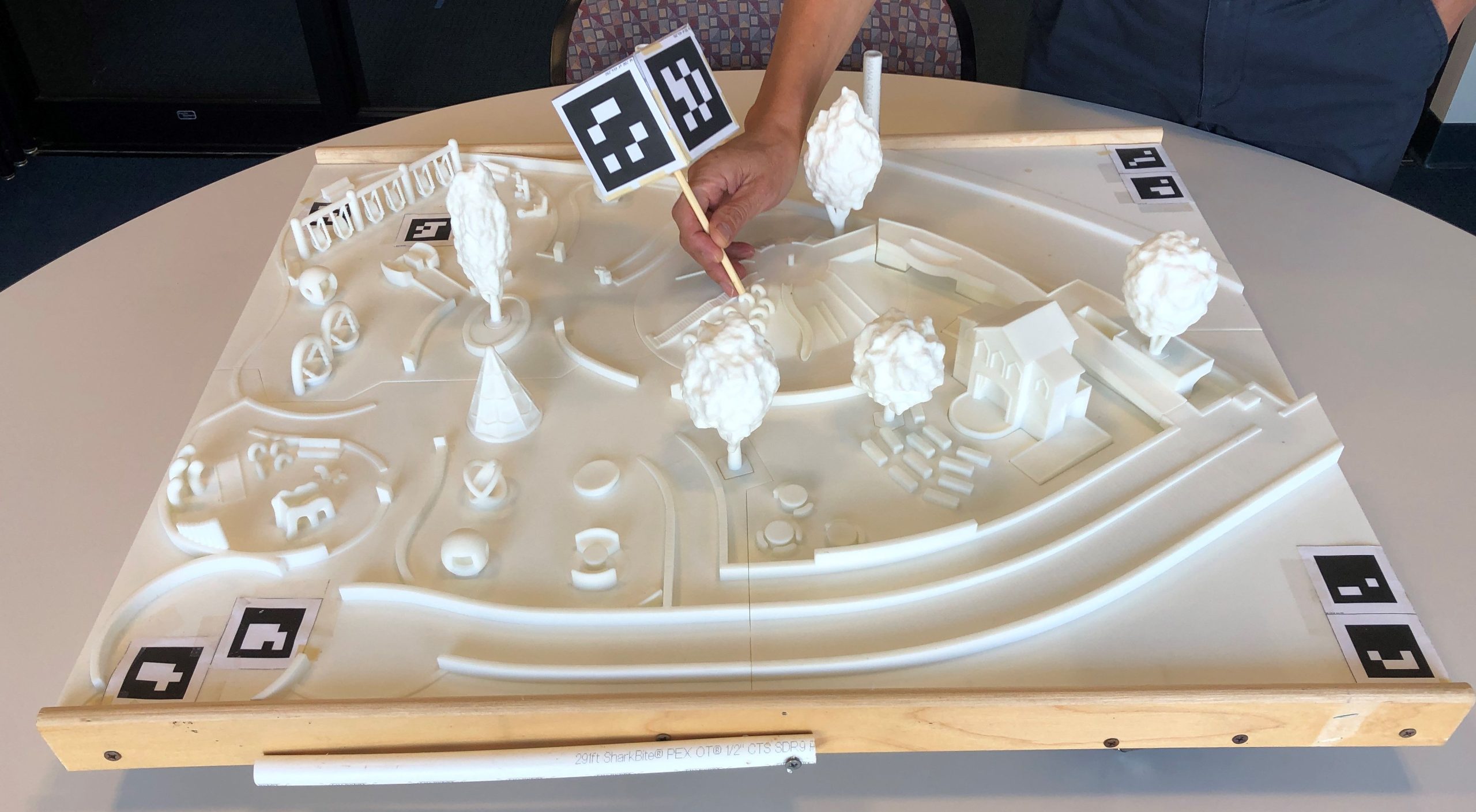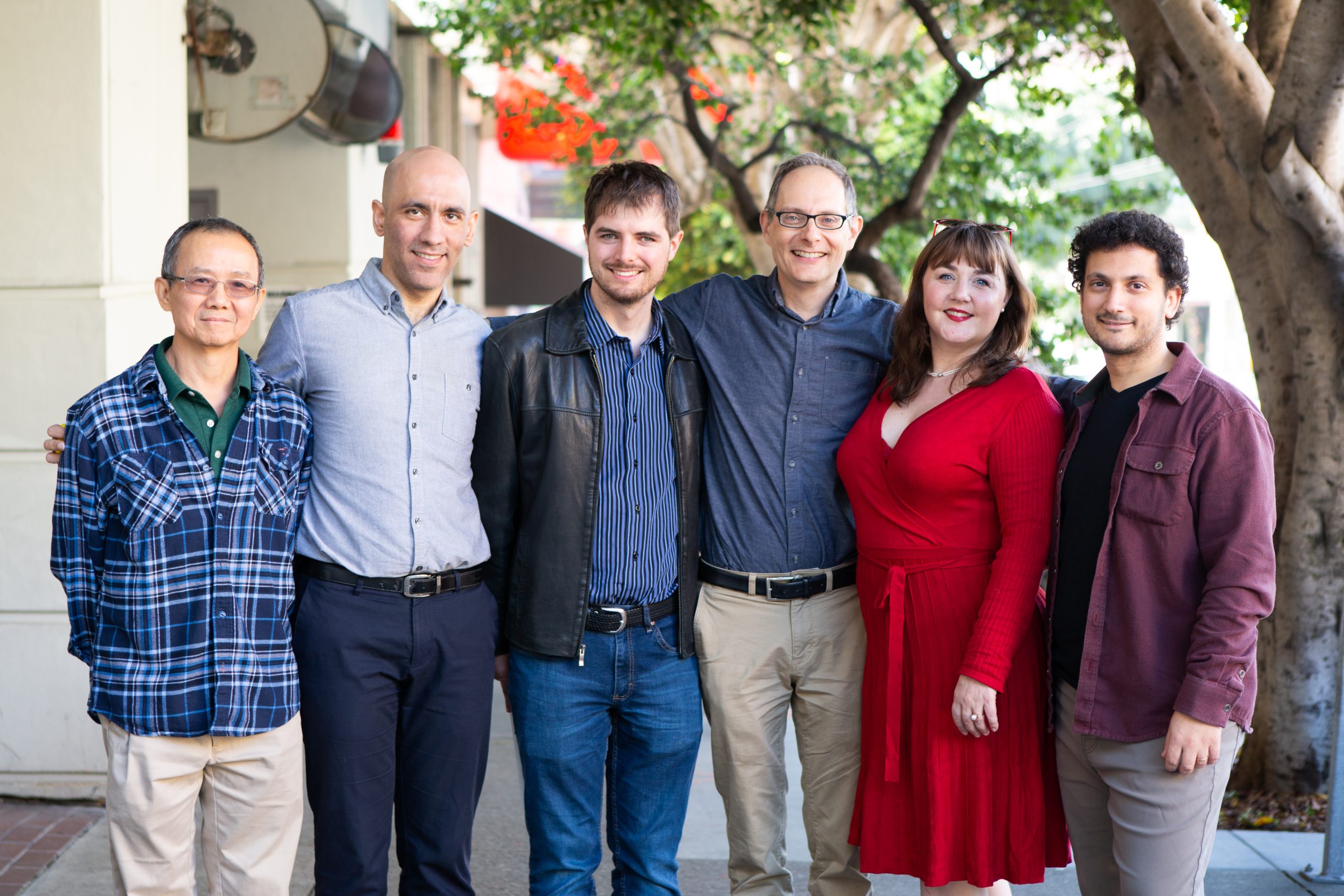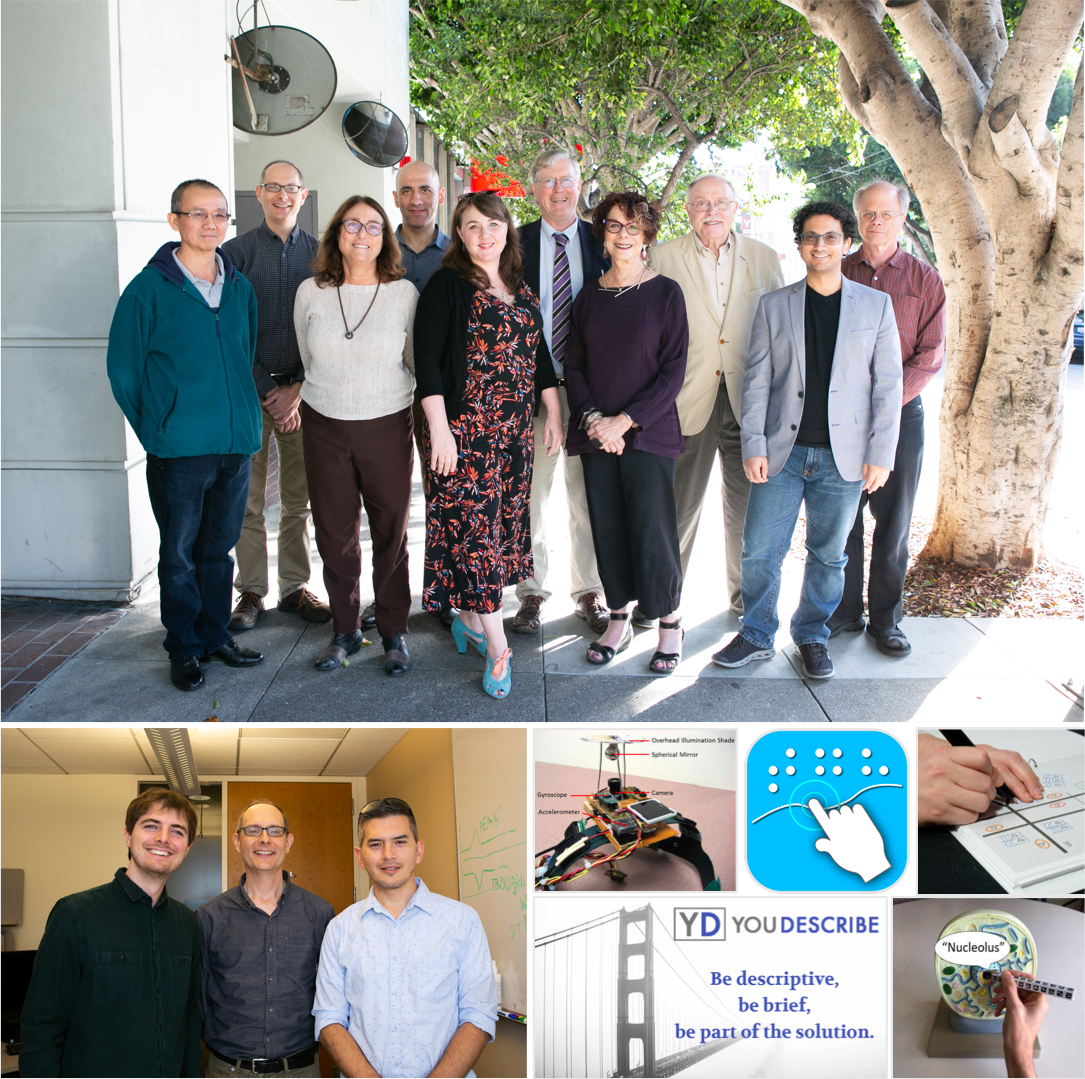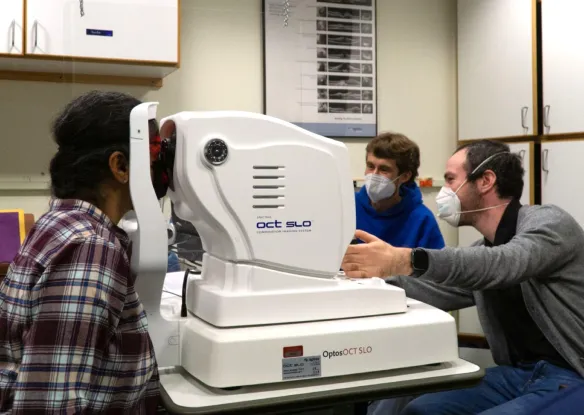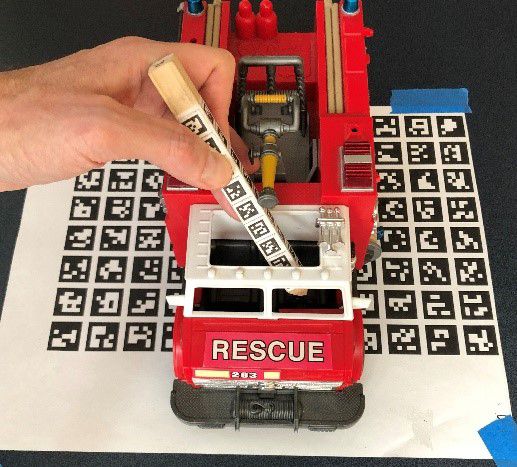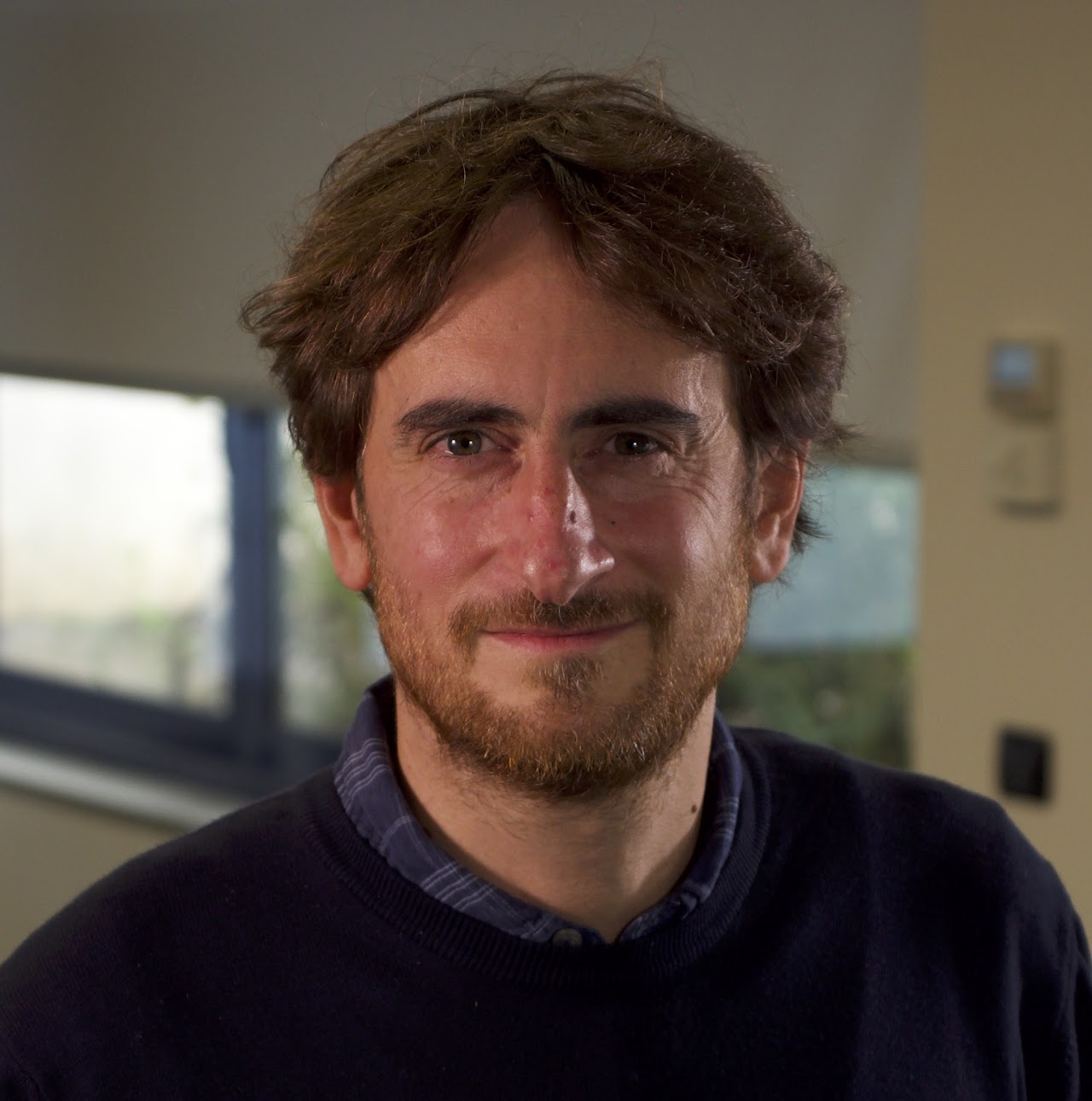The goal of our laboratory is to develop and test assistive technology for blind and visually impaired persons that is enabled by computer vision and other sensor technologies.

Principal Investigator:
James Coughlan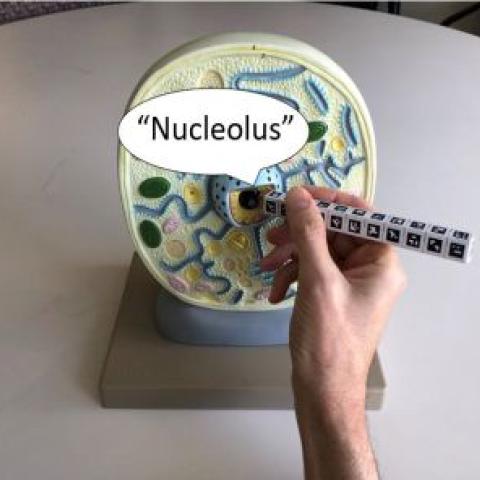
CamIO (short for “Camera Input-Output”) is a system to make physical objects (such as documents, maps, devices and 3D models) accessible to blind and visually impaired persons, by providing real-time audio feedback in response to the location on an object that the user is touching. CamIO currently works on iOS using the built-in camera and an inexpensive hand-held stylus, made out of materials such as 3D-printed plastic, paper or wood.
See a short video demonstration of CamIO here, showing how the user can trigger audio labels by pointing a stylus at “hotspots” on a 3D map of a playground. See the Magic Map project page for more information on this specific application of CamIO. Longer videos explaining how CamIO fits into the Magic Map approach are here: Camio by James Coughlan and CamIO by Brandon Biggs.
The CamIO project received the 2020 Dr. Arthur I. Karshmer Award for Assistive Technology Research. It was supported by a four-year grant from NIH/NEI (R01EY025332), which was renewed in 2022 for another four years (2R01EY025332-05A1). It has also received support from the NIDILRR RERC (grant numbers 90RE5024 and 90REGE0018).
See also an extension of this project, called CamIO Hands, in which the user points with their fingertip instead of a stylus.
Publications
Conference Papers
Labs
Centers
Rehabilitation Engineering Research Center
The Center’s research goal is to develop and apply new scientific knowledge and practical, cost-effective devices to better understand and address the real-world problems of blind, visually impaired, and deaf-blind consumers. The RERC has many ongoing R&D projects and collaborative
People
Collaborators
External
Fundings
News
CamIO Receives Supplement to Enhance Software Tools for Open Science
Dr. James Coughlan has been awarded funds to increase access to his CamIO tool for making objects accessible to blind and visually impaired persons. The funds were part of NIH’s Notice of Special Interest for Administrative Supplements to Enhance Software Tools for Open Science and…

